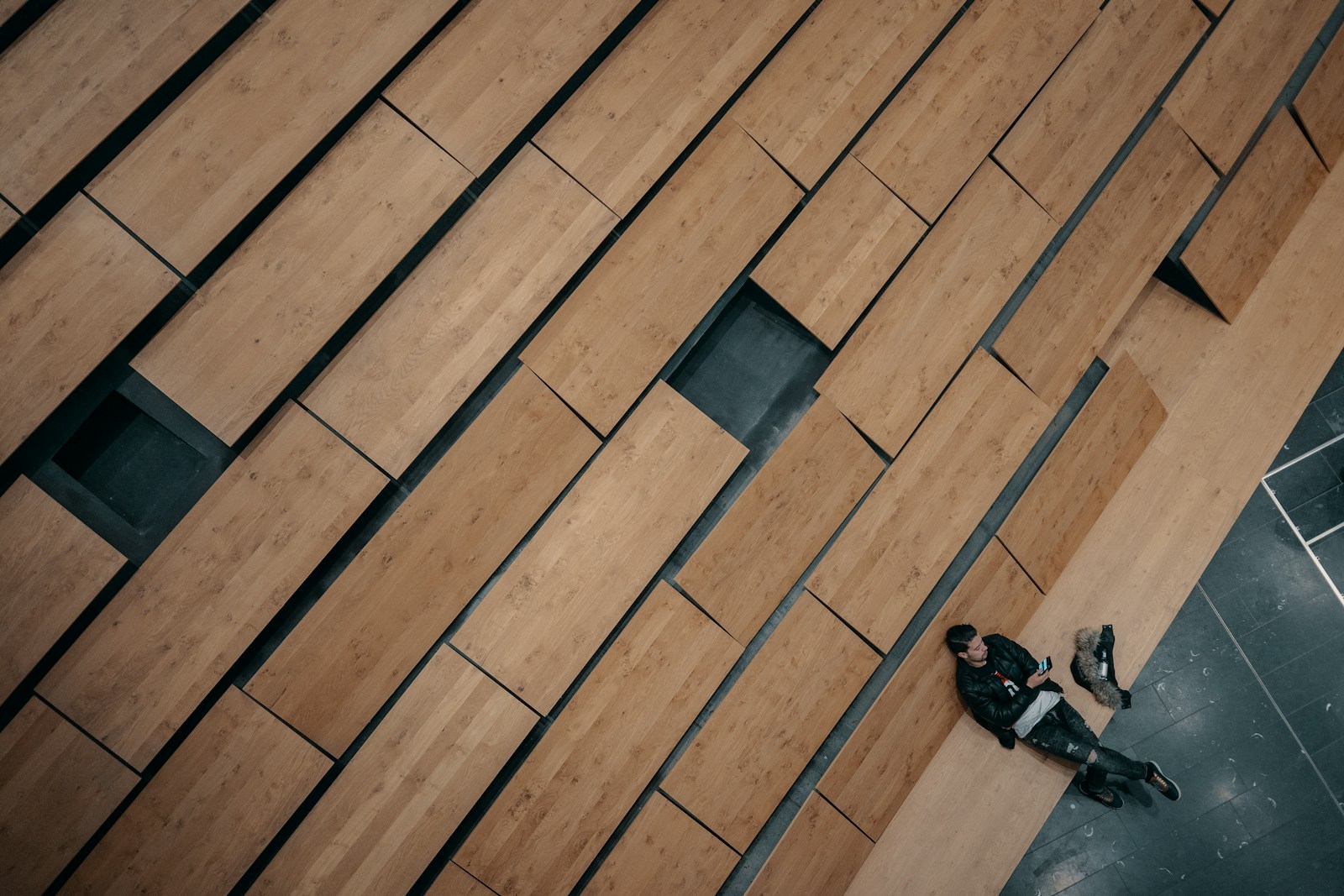
Hardwood flooring installation is a craft, a blend of precision and artistry. While the basics are straightforward, mastering the finer details can transform a good installation into an exceptional one.
This article dives deep into the realm of hardwood floor installation tricks, revealing the secrets that professionals use to achieve flawless results. We’ll explore techniques for perfect alignment, seamless transitions, and a finish that stands the test of time.
Section 1: Precision Planning & Preparation Tricks
- 1.1. The Advanced Acclimation Method:
- Beyond simple acclimation, use a moisture meter to track the wood’s moisture content precisely.
- Create a mock layout in the installation room to observe plank behavior under the specific conditions.
- Use plastic sheeting to control humidity in the room if needed.
- 1.2. Subfloor Mastery:
- Employ a laser level to identify even the slightest subfloor irregularities.
- Use self-leveling compounds with fiber reinforcement for enhanced stability.
- For plywood subfloors, screw down any loose spots with specialized subfloor screws.
- Use a chalk line grid pattern to find high and low spots.
- 1.3. Material Optimization:
- Sort planks by color and grain pattern before installation to create a visually balanced floor.
- Purchase 5-10% extra material to account for complex cuts and potential defects.
- Use a backer board when cutting small or thin pieces of wood.
- 1.4. The Perfect Layout Trick:
- Create a full-scale paper layout of the room, marking plank placement and cut lines.
- Use a dry run (laying out planks without fastening) to visualize the final result and make adjustments.
- Find the center of the room, and use that as a starting point.
Section 2: Installation Techniques for Flawless Results
- 2.1. The Invisible Start:
- Begin with a “sacrificial” row along the wall, ripping the tongue off, to ensure a perfectly straight starting line.
- Use construction adhesive in addition to nails for the first few rows for maximum stability.
- 2.2. Perfect Plank Alignment:
- Use a long, straight board as a guide to ensure each row is perfectly aligned.
- Employ a flooring jack to tighten planks in challenging areas.
- Use a dead blow hammer, and tapping block to prevent damage to the tongues and grooves.
- 2.3. Seamless Transitions:
- Create custom transition pieces by matching the grain and finish of the hardwood.
- Use a router to create precise grooves for transition piece installation.
- Use a template to create perfect transition pieces.
- 2.4. Obstacle Mastery:
- Create templates for complex cuts around pipes and other obstacles.
- Use a multi-tool for precise cuts in tight spaces.
- Drill oversized holes for pipes, then cover the gaps with escutcheon plates.
- 2.5. The Final Row Finesse:
- Use a pry bar and tapping block to gently tap the final row into place, minimizing damage.
- When the final row is very narrow, apply wood glue to the tongue and groove, then clamp it into place.
Section 3: Finishing Touches and Maintenance Secrets
- 3.1. The Invisible Nail Trick:
- Use a nail set to countersink nails below the surface, creating an invisible finish.
- Fill nail holes with color-matched wood filler for a seamless look.
- 3.2. Perfect Trim Installation:
- Use a laser level to ensure consistent trim height and alignment.
- Miter corners with precision for a professional finish.
- Caulk the top edge of the baseboards, for a clean look.
- 3.3. Advanced Cleaning and Maintenance:
- Use a microfiber mop with a pH-neutral hardwood floor cleaner.
- Apply a protective layer of hardwood floor polish to enhance shine and durability.
- Use walk off mats to protect the floors from dirt and debris.
- 3.4. Preventing Scratches and Dents:
- Use high-quality felt pads under all furniture legs.
- Place area rugs in high-traffic areas.
- Trim pet’s nails.
Section 4: Troubleshooting Advanced Issues
- 4.1. Dealing with Persistent Squeaks:
- Use a stud finder to locate floor joists and screw down the subfloor securely.
- Inject powdered graphite between planks to reduce friction.
- 4.2. Addressing Stubborn Gaps:
- Use wood filler mixed with sawdust from the same flooring for a perfect color match.
- Use a wood veneer strip to fill larger gaps.
- 4.3. Handling Moisture Damage:
- Identify and address the source of moisture immediately.
- Replace damaged planks with matching replacements.
- Use a dehumidifier to lower the humidity in the room.
Conclusion:
Mastering hardwood floor installation tricks requires patience, attention to detail, and a willingness to learn. By incorporating these advanced techniques into your projects, you can achieve a level of craftsmanship that will impress even the most discerning eye.
Remember that practice makes perfect, and with each installation, you’ll refine your skills and create floors that are both beautiful and enduring.
